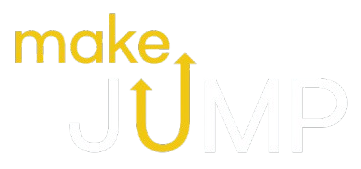
In the competitive world of online business, attracting customers is only half the battle. The real challenge lies in converting their interest into revenue—and that’s where a product funnel comes in. This blog dives into the concept of product funnels, why they are essential for your business, and how to create one that keeps customers coming back for more.
What is a Product Funnel?
A product funnel is a strategic framework designed to guide potential customers through a series of products or services, increasing their engagement and spending at each step. It’s all about creating a seamless journey where customers move from smaller, introductory offers to premium, high-value products.
Think of it as a hierarchy of value—you start with a low-risk entry point and gradually upsell or cross-sell more comprehensive solutions as trust and interest build.
Why is a Product Funnel Important?
A well-structured product funnel helps your business:
- Maximize Revenue: By offering products at different price points, you can capture more customers and boost lifetime value.
- Build Trust: Starting with smaller, high-quality offerings establishes credibility, encouraging customers to invest in higher-priced items.
- Simplify Decision-Making: A clear funnel removes the guesswork for customers, guiding them naturally toward the next step.
Scale Profitably: Automated product funnels reduce manual effort while driving consistent growth.
The Key Stages of a Product Funnel
1. Lead Magnet (Awareness Stage)
- Purpose: Attract potential customers by offering a free or low-cost resource.
- Examples:
- Free eBooks or guides
- Webinars or mini-courses
- Free trials or samples
- Execution Tip: Ensure the lead magnet solves a specific pain point your target audience faces.
2. Tripwire Offer (Interest Stage)
- Purpose: Convert leads into paying customers with a low-ticket product.
- Examples:
- A $5 digital download
- A $10 introductory course
- A discounted product bundle
- Execution Tip: Overdeliver on value to create a positive first impression and build trust.
3. Core Offer (Decision Stage)
- Purpose: Showcase your main product or service.
- Examples:
- Full-price product packages
- Subscriptions or memberships
- E-commerce products with add-ons
- Execution Tip: Focus on demonstrating the ROI and benefits of your core offer with testimonials, demos, or guarantees.
4. Upsell/Downsell (Action Stage)
- Purpose: Encourage customers to either upgrade or choose an alternative product.
- Examples:
- Premium versions of your product
- Bundled offers for a discounted price
- Complementary products (e.g., accessories or extended services)
- Execution Tip: Personalize your recommendations based on customer behavior and preferences.
5. Retention and Advocacy (Loyalty Stage)
- Purpose: Turn one-time buyers into loyal customers and brand advocates.
- Examples:
- Loyalty programs
- Exclusive discounts for repeat buyers
- Referral incentives
- Execution Tip: Stay in touch with personalized emails and offers, and ask satisfied customers for reviews or referrals.
A product funnel is more than just a sales strategy—it’s a powerful tool for creating lasting customer relationships and maximizing revenue. By understanding your audience, optimizing each stage, and leveraging automation, you can build a product funnel that not only grows your business but also delights your customers.
At Makejump, we specialize in creating tailored product funnels that drive results. Ready to scale your business? Schedule a meeting today and let’s craft a funnel that works for you!
